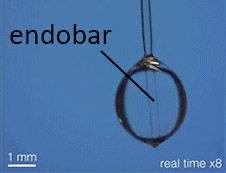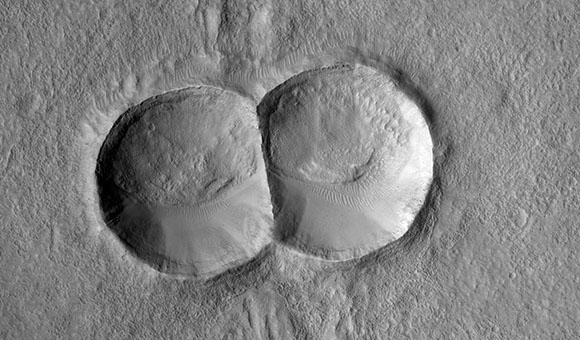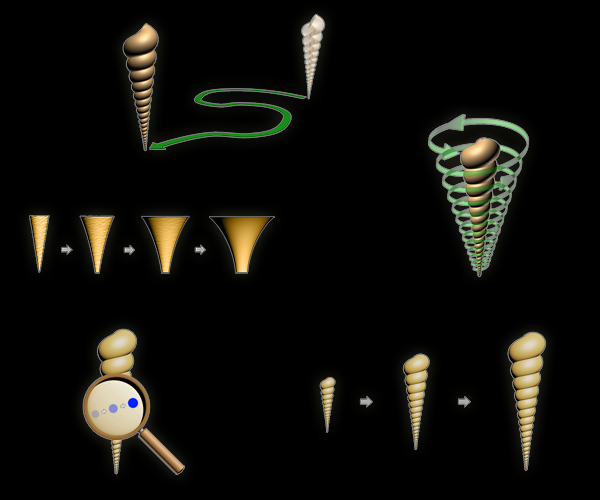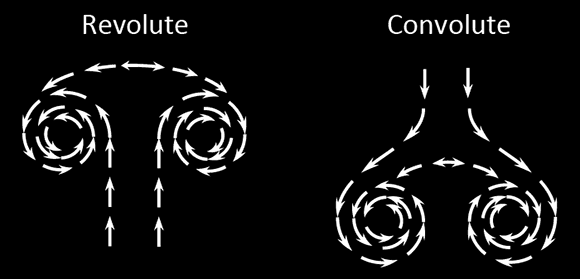News
Page removal
I've removed the page about the high altitude airship from the concepts section of the website. The reason for that is that I no longer believe that the idea for the airship will work.
New Page about Light
I've created a new page all about the subject of light. You can click on the image below to jump to that page. Note that some of the content of that page originates from an older page, the page about motion near the EM spectrum. I've moved some of that content to the new page.
_UnderCCBY3.0.jpg)
Image by Whitscraft (DeviantArt), under CC BY 3.0 license
A Correction on the Page About the Forms of Movement
I've made a change to the table that shows how movement in our perceived world correlates to movement in the onefield on the page about the Forms of Movement. I now believe that two entrees in the table were incorrect. After long thinking I came to the conclusion that a vortex being moved from A to B correlates to only a displacement in the onefield, and not to translation + rotation. I had placed a comment a long time ago on that page in which I expressed my uncertainty about this matter. It is a difficult part of the puzzle and still prone to error after this change/correction.
| Form of vortex movement | How this corresponds to movement in the onefield |
| Flowing |
Inward or outward movement of a wave which is more directional when the vortex is higher dimensional but is most directional within the onefield with its infinite number of dimensions, thus translation |
| Dimensional Drifting | Translation |
| Non-dimensional Drifting | Mostly translation + rotation, sometimes one of both |
| Change in Peripheral Volume | Translation |
| Scaling | Translation |
|
Sequential Morphing (without the usual scaling) |
Rotation |
| Dilative Morphing | Rotation |
| Shifting |
Assumed to be same as sequential morphing (but that is not certain, this might also be same as dilative morphing) |
| Displacement | Translation |
| Rotation | Rotation |
The Question whether Craters are Formed by Explosions Above Ground Level
The new page that I posted a few days ago mentioned that it is likely that craters are formed by meteors exploding above ground level. I am not so certain about that any more. There are puzzle pieces mentioned on the page that hint towards meteors exploding above ground level and there are puzzle pieces mentioned that hint towards meteors exploding at ground level or at close proximity to ground level. I've just made a few changes to the page that aid to express my doubts about this.
Exploring How Craters are Formed
I've tried to collect information that would allow me to find an explanation how craters are formed on terrestrial bodies. The motivation for this comes from this NASA photograph of a double crater. The most interesting detail about it is the almost perfect straight line in between the two crater holes. I've created and added a page to the concepts section of the website. You can navigate to that page by clicking on the science menu button at the top of the screen, followed by clicking on the concepts tab and then select 'Craters Created by Orbs', or you can simply click on the image below.
Don't forget the option to enable flash
![]() Don't forget that this website uses flash if flash is available in the browser. The website looks better with flash but most browsers do no longer have flash enabled by default. You can enable flash within your browser's settings for a better viewing experience. I will eventually convert all the flash animations to html5 but that will still take some time.
Don't forget that this website uses flash if flash is available in the browser. The website looks better with flash but most browsers do no longer have flash enabled by default. You can enable flash within your browser's settings for a better viewing experience. I will eventually convert all the flash animations to html5 but that will still take some time.
New page about how scale levels interact
I've added a new page about the interaction between large and small scale levels, which is a subject that is also brought forward on other pages such as the page about temperature and the page about the color spectrum. The page describes several ways in which movement at a larger scale level can create a reactional movement at a smaller scale level, or even the other way around. You can click on the image below so it will bring you to that page.
New page about movements
Different forms of movement that a vortex can exhibit were previously mentioned on the 'More About Vortices' page, but they were only mentioned briefly with short descriptions. I removed that text from the page and created a new page with a more elaborate description of each form of movement and with new images. If you click on the image above it will open the new page.
The convolute vortex
The convolute is a type of rotational vortex that I mentioned in the concept pages on the page about the pulsars. Because this vortex is another example of an s-bridge, I decided to add the vortex to the main pages instead of the concept pages. I've also added two more examples of the convolute. You can click on the image below and it will take you to the page named 'More about Vortices'.






_RightImageByDjedj(Pixabay)_PublicDomain.jpg)

